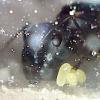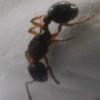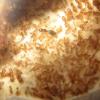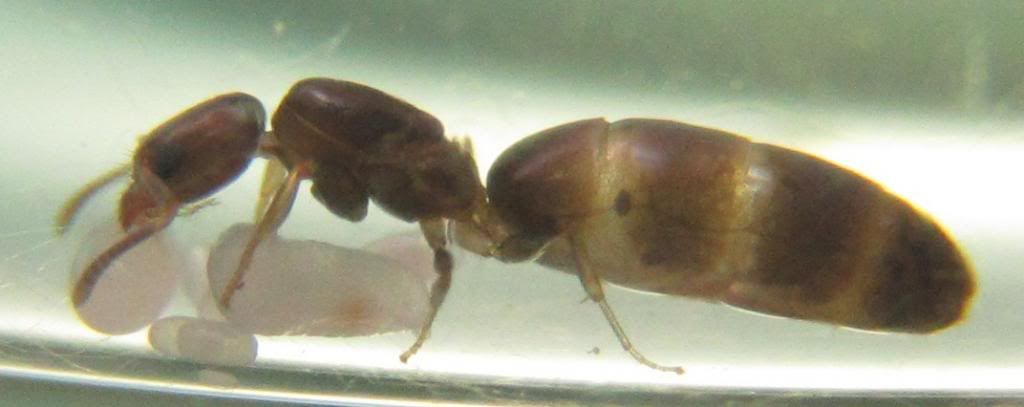Location: Johor, Malaysia
Time: 8pm after a rainstorm
These were all collected over two days of heavy rainstorms at dusk. I didn't put in much effort in finding them because they were literally everywhere. I think I've taken lazy anting to an art form. Seriously, one of the huge Camponotus was crawling across my living room when I caught her.
???
~4mm
I was stupid to assume that this species was polygynous. After introducing another one, it tried to kill the current inhabitant. Fortunately , I got the other one out before any real damage was done.

Pheidologeton diversus
22mm
I caught two of these dealates following the death of a previous alate. This one partially shed its wings. Right now, I have them in dirt setups because from my previous experience, test tubes do not agree with them.
I apologise for the blurry images. She refused to stand still for a photo.


Camponotus auriventris
11mm
Gaster has a faint tinge of gold.

Camponotus truncatus (Colobopsis group).
12mm

Proatta butteli
7mm
I caught a lot of alates but I don't think I've actually seen a dealate before. Most of them never laid eggs.

Also caught:
Anoplolepis gracilipes
 \
\
I didn't collect several Pheidole sp. and Solenopsis geminata. gynes. I missed the Odontomachus flight and the Oecophylla flight sadly but I think I have my hands rather full right now.
I caught several Tapinoma queens but they died the next day.
Edited by Etherwulf, April 7 2015 - 3:42 AM.






















